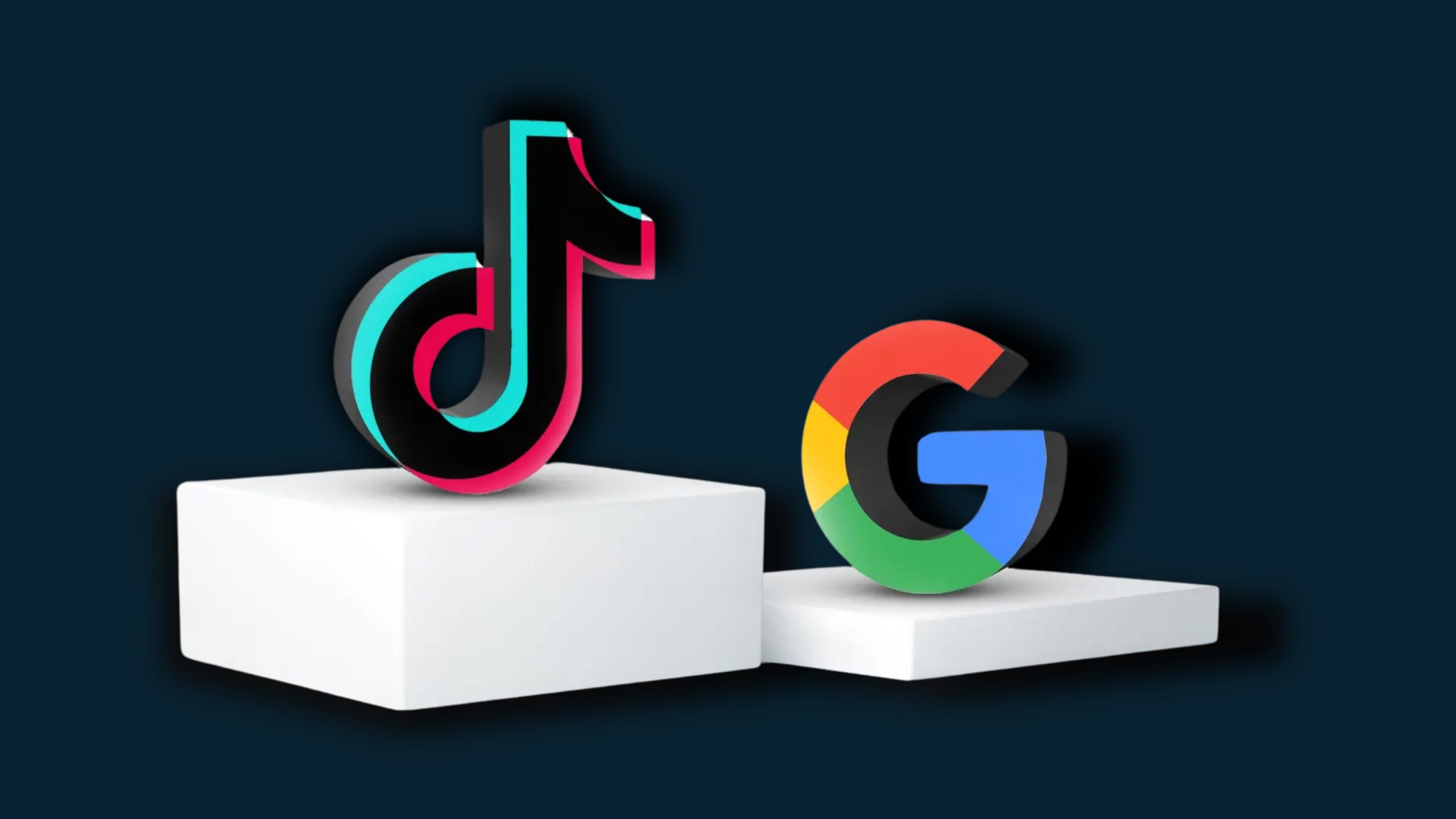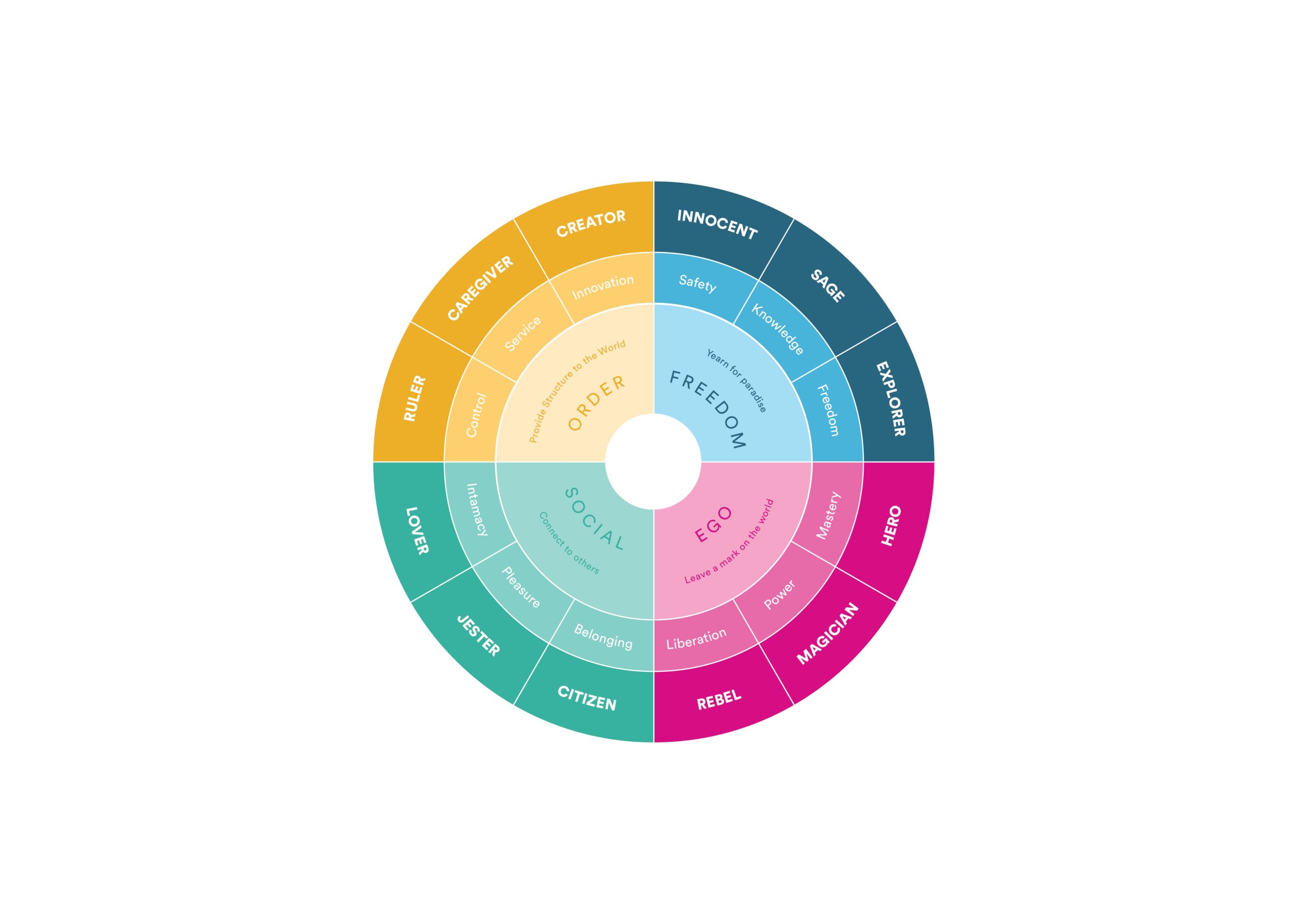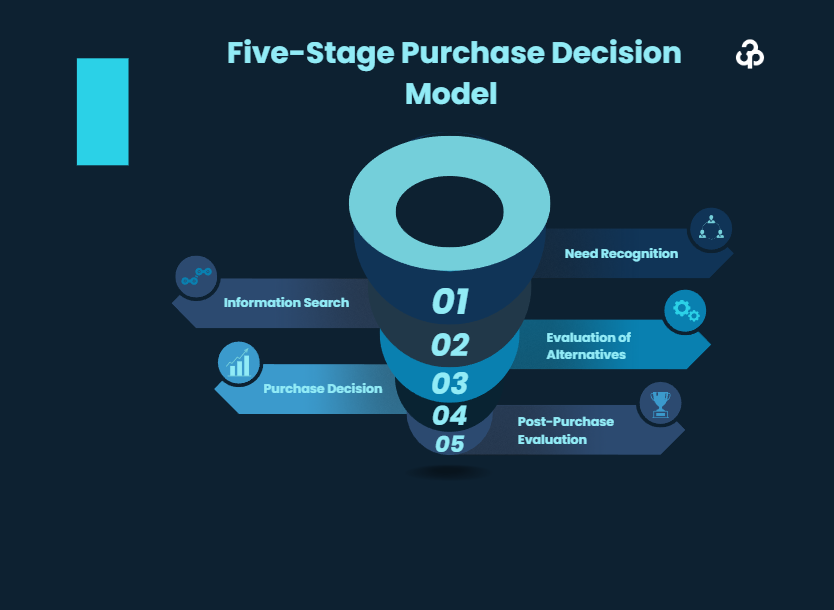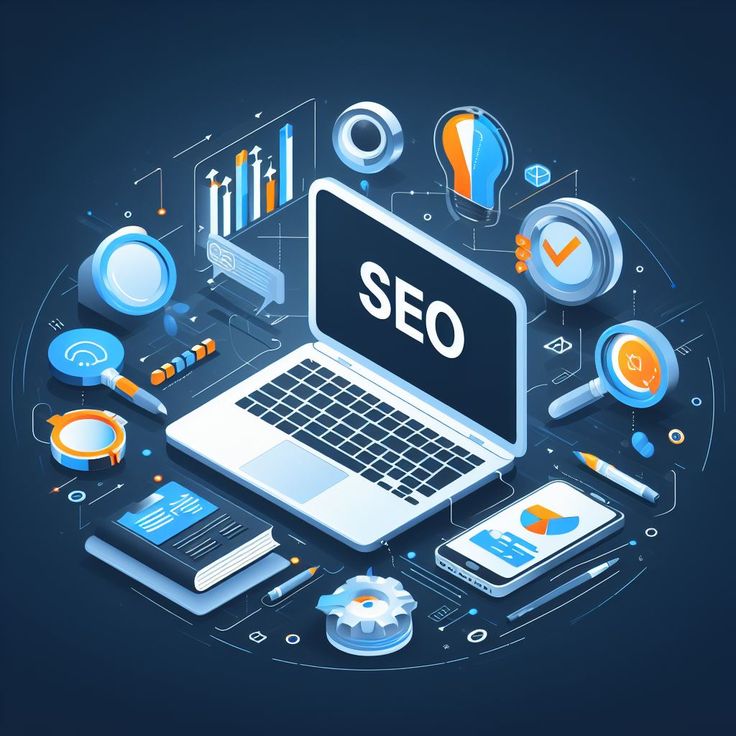

Digital marketing is a many-splendored thing. It encompasses the advertising, content strategy, press coverage and brand tactics that generate leads for your business and ensure your company’s future is sustainable. Despite its complexities, digital marketing content generally falls into two broader categories: earned media and owned media.
Understanding Two Core Content Categories
Understanding the difference between owned and earned media and the benefits each can provide is essential for any brand to succeed. At a high level, owned media refers to the digital assets under your company’s direct control, such as websites, newsletters, social media channels and blogs. Earned media, on the other hand, is created externally with press placements in third-party publications like podcast interviews, news articles and TV features. When executed correctly, these two core strategies can take your brand from a fledgling startup to a lucrative business and even a household brand name.
And the impact on your bottom line cannot be overstated. In fact, 75% of customers report making judgments about a company’s credibility, based on the brand’s website alone. And when that first impression is poor, most users will exit your website, never to return. The result is an increased bounce rate, which hurts your overall SEO ranking and generates fewer sales conversions. Worse, those customers often navigate next to a competitor’s site.
Here, we’ll take a close look at the difference between owned and earned media, with a two-step approach to curating a comprehensive marketing campaign for your brand. Armed with that knowledge, you’ll be better equipped to drive customers to your site — and keep them there.
One: Developing and Perfecting Your Owned Media
The main advantage of owned media is control. Your brand has free reign over the content you choose to publish in your website copy, blog posts, social media, email newsletters and media kits. And it’s imperative that you wield that power wisely.
Design Aesthetics: It only takes about 50 milliseconds for a user to form a near-permanent first impression of your website — and it’s within your direct control to make that moment count. Many businesses today start with a website, and rightfully so. Your owned content is the face of your brand. It’s what customers see when they come to your site seeking services. It’s what industry organisations see when they evaluate your brand for accreditations and awards. Your competitors use it as a barometer for whether to take you seriously in a crowded market. Reporters see it when they’re deciding whether your company is worthy of press coverage. Most users won’t recommend a company with a poorly-designed website. In short, an unprofessional aesthetic can decrease confidence in your brand, making an attractive, bespoke design essential to success.
Consistent Branding: Your owned media assets should have an iron-clad mastery of your brand narrative, to tell the story you want your customers to hear. Are your key differentiators clear across your blogs and social media posts? Consistent branding across all owned channels ensures potential customers understand what you have to offer —and why they should invest in your services, rather than those of your competitors.
Credibility: Respected industry organisations will look to your owned channels to determine whether your brand is a legitimate contender for important accreditations. When you distribute a press release, readers will be driven to your owned channels to learn more about your company announcements and expanded services. Ultimately, those owned channels form the base of your sales funnel and should prove your value propositions. A high-quality blog or verified social media page can go a long way in validating the credibility of your business.
Other Marketing Tactics: At the base of your sales funnel are your owned channels. Owned media is the basis for all other marketing strategies, because all roads point back to those channels. Your social media marketing points new users to discover your website. Your SEO strategy drives traffic to the content on your domain. Your advertising dollars are spent with the intention to drive users to the products and services on that page. A strong, optimised content strategy is the gateway to success for all other marketing initiatives, and can make or break your other campaigns.
User Experience: The visual design of owned materials is critical. In order for new users to form a positive perception of your brand, an accessible, user-friendly design is a must. Your website content should load quickly, and have good accessibility so that potential customers can intuitively find what they’re looking for, without adding any unnecessary barriers to the final sale.
Your website infrastructure should be able to support new customer inquiries, without crashing or page errors. Is your site ready for an influx of customers? Be sure the site can handle an influx of visitors, before driving traffic with paid advertising and media campaigns.
Two: Generating Earned Media Coverage to Boost Brand Awareness
Once your owned media channels are ready for their media debut, earned placements will be an invaluable tool to supercharge your brand exposure. Earned media a function of public relations (PR) and media relations, which takes the hard work that went into crafting your successful owned channels and pushes that content out to the press. By securing earned media placements, your brand can make headlines — literally — and gain increased credibility by leveraging the third-party legitimacy of respected business publications and industry trade outlets. Those PR placements boost brand recognition, augment your audience reach and strengthen your brand reputation.
Media Opportunities: Interviews with the press are the ubiquitous earned media asset. Feature articles, podcast interviews, TV appearances and announcement coverage in well-known media outlets can provide your brand with third-party credibility. Placements in top-tier business publications like Fortune, TechCrunch and Insider can boost your SEO and increase brand awareness by bringing your brand narrative to millions of potential readers. Other earned media placements in niche trade outlets and industry-specific publications can position you as a thought leader, increase your share of voice and permanently cement your name in the publications your customers and competitors are reading.
Contributor Opportunities: Another method to secure earned coverage, beyond the traditional media pitch, is to secure ongoing contributor opportunities at key news publications. A comprehensive PR campaign often aims to submit executives for acceptance at top-tier outlets like Forbes, Newsweek, or Entrepreneur. By doing so, you can consistently place published articles in those respected outlets, under your own name, to showcase your professional expertise. In these cases, your owned blog content might be used for writing samples, and your website will likely be reviewed to verify the legitimacy of your company prior to publication.
Affiliate PR: Affiliate PR occurs at the crossroads of earned and owned media. Under an affiliate program, third-party outlets agree to generate website traffic, by including a special affiliate link in published articles. Those third-party publishers, or affiliates, can earn a commission fee from any sales that result from that link. The earned aspect of this type of PR program involves pitching your brand’s affiliate opportunities to consumer-focused writers at notable publications. Then, the editor will consider whether the affiliate brand fits into their current gift guides, product roundups and other articles. If your website has been designed to accommodate an influx of visitors, an affiliate PR program is one more sales-driven media tactic to help generate traffic and increase leads on your site.
Sales Applications: The earned media placements that result from a PR campaign can be displayed on your website, leveraged in your sales deck, and shared on social media to increase brand trust. When potential customers research your brand, earned coverage can serve as the tipping point in their decision-making process and help readers to understand the value your product or solution has to offer. Those articles add legitimacy to your reputation as a business leader, and feed back into your digital marketing goals.
Ultimately, the differences between owned and earned media come down to control. When your owned channels are iron-clad, your brand can open its marketing initiatives up to invite journalists and the public into your digital word. Both types of content are critical to establishing brand trust, that can outlast the test of time, meet consumer expectations and withstand public scrutiny. They work well together to deliver real value and useful information to potential customers, and help you to reach your target audience in a diverse array of digital settings. By leveraging both types of content, you can ensure your customers are receiving the right brand message, at the right time. If you’re ready to explore how this combined approach to digital marketing can serve you and your business, we’re here to help.
Contact us today.
Author
Kate
Related Tags
Strategy
Our Thinking
Ready to engage your customer base and compel them to engage?






